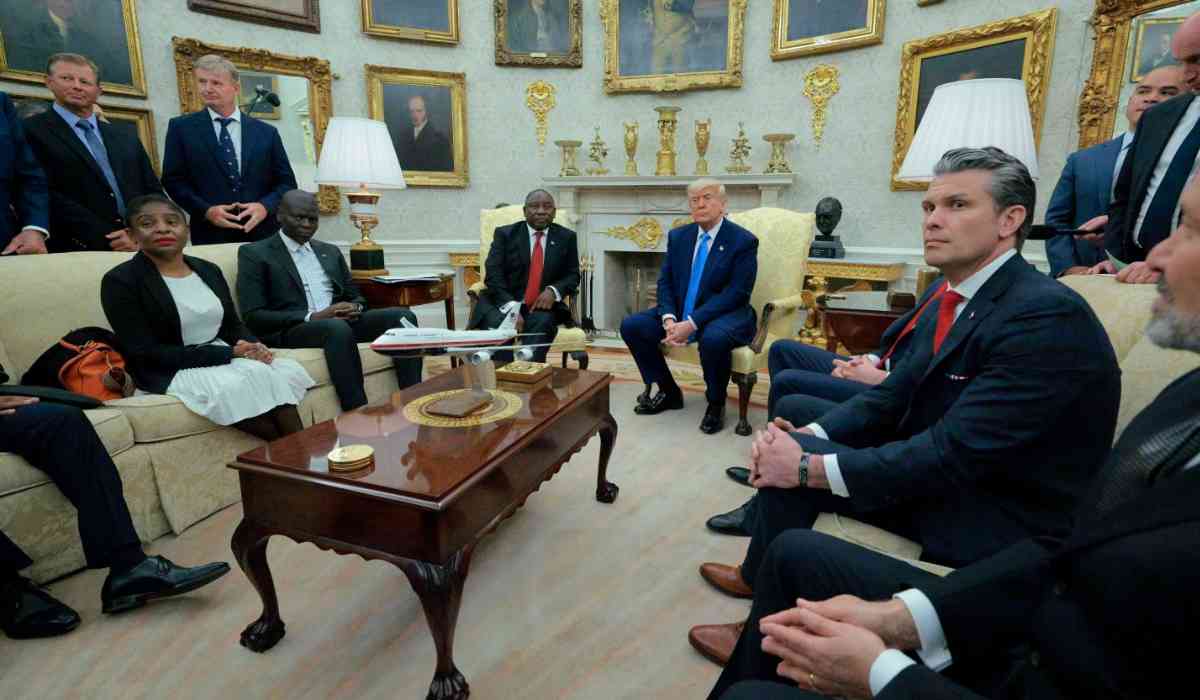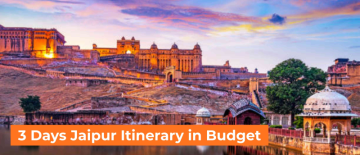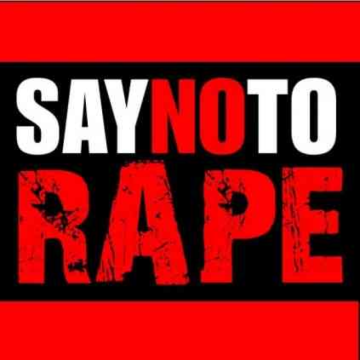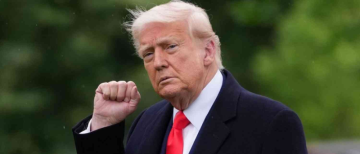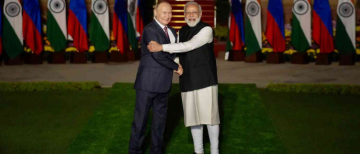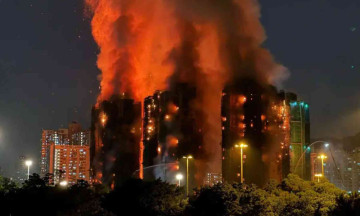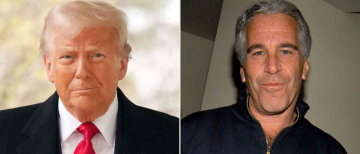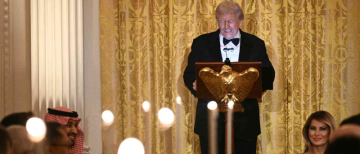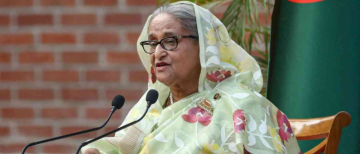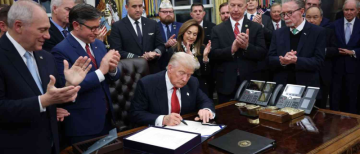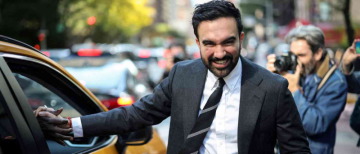In his second term, President Donald Trump has reimagined the Oval Office—not as a venue for diplomacy or global leadership, but as a stage for spectacle, confrontation, and political messaging aimed squarely at his MAGA base. Once a hallowed space for forging alliances and conducting statecraft, the Oval Office now resembles something between a reality TV set and a political trap. And for world leaders, especially those from the Global South or US-dependent nations, an invitation to Washington has become less a privilege and more a gauntle.
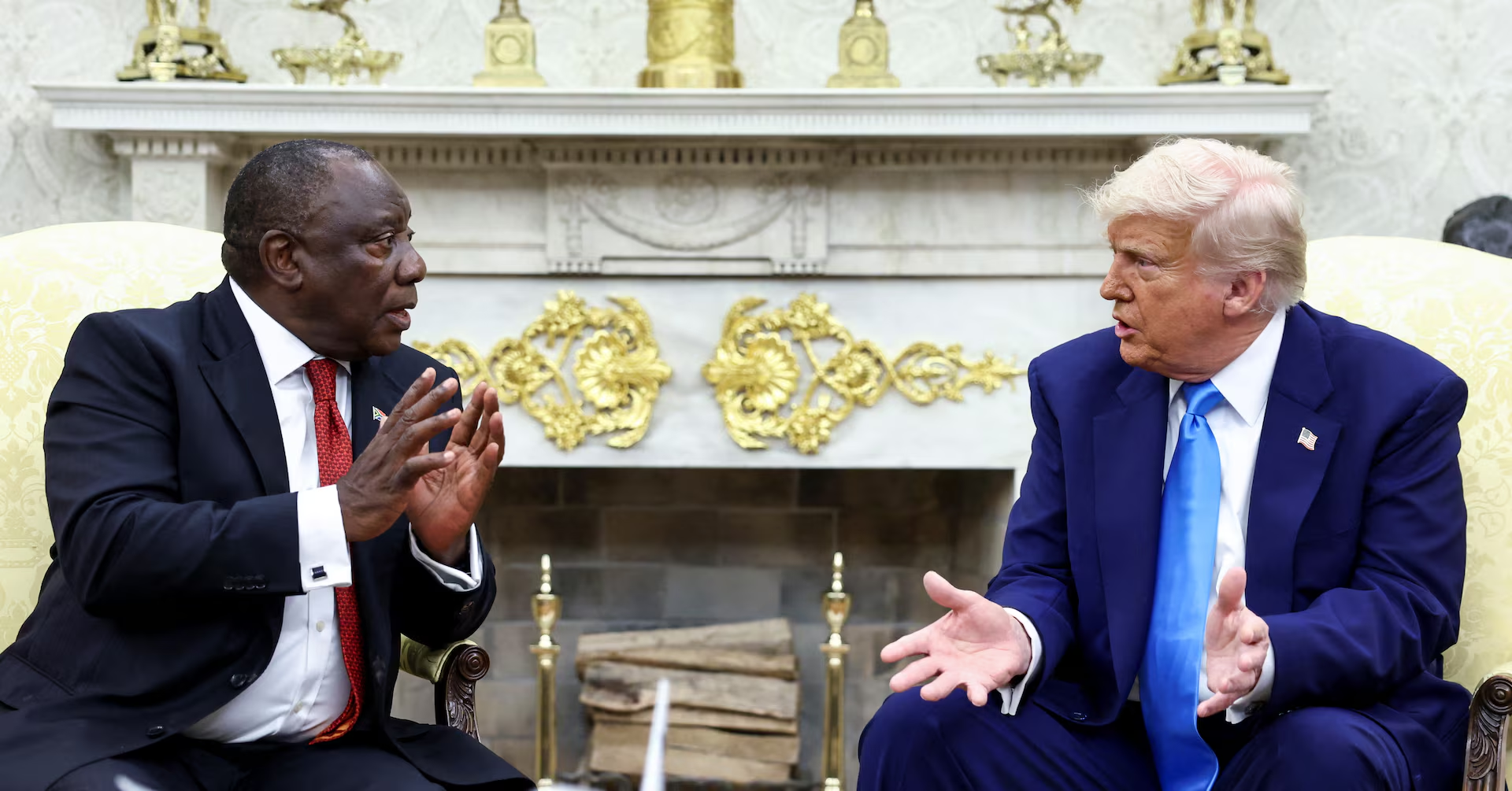
From Diplomatic Forum to Spectacle Set
The evolution of Trump’s Oval Office into a space for live confrontations came into sharp relief during South African President Cyril Ramaphosa’s recent visit. While Ramaphosa anticipated a chilly reception—Trump had previously accused his government of allowing a “white genocide”—what unfolded was more extraordinary than even seasoned observers had expected.
-
Lights dimmed in the Oval Office.
-
A television monitor was wheeled in.
-
A four-minute video played: filled with grainy protest footage, chants, and images of white crosses symbolizing slain white farmers.
“This is literally being watched globally right now,” Trump adviser Jason Miller posted on X. “Ratings GOLD.”
The message of the video—and Trump’s subsequent remarks—were unmistakable: South Africa, according to Trump, was persecuting its white minority. “You do allow them to take land,” Trump declared, “and then when they take the land, they kill the white farmer.” Ramaphosa, visibly composed, responded, “If there was Afrikaner farmer genocide, I can bet you these three gentlemen would not be here,” pointing to white South African business moguls and pro golfers in his delegation.
US President Trump confronted South African President Cyril Ramaphosa at the White House with allegations of mass killings and land seizures from white people, in a scene reminiscent of his February ambush of Ukraine's Volodymyr Zelenskiy https://t.co/mpddN0Av4Z pic.twitter.com/BghZ4qnGiI— Reuters (@Reuters) May 22, 2025
Ramaphosa’s Balancing Act
For Ramaphosa, the stakes were high. He came to Washington seeking to stabilize trade relations and reverse Trump-era policy moves that had slashed aid and imposed tariffs. Post-meeting, he insisted progress had been made. “Discussions on liquefied natural gas and critical minerals were very encouraging,” he told reporters.
But the images told a different story: a composed African leader forced to endure a barrage of misinformation while the U.S. president courted conspiracy theorists.
One South African student watching from Johannesburg summed up the sentiment: “I don’t understand why Ramaphosa is even in the U.S. Trump has made it very clear how he feels about us.”
This is undoubtedly one of the single greatest moments in presidential history.
Donald Trump asked what it will take for him to believe there is no white genocide going on in South Africa.
President Cyril Ramaphosa offers a preposterous answer.
Donald Trump then plays five… pic.twitter.com/3xM8vrdmoQ— Viva Frei (@thevivafrei) May 21, 2025
A Pattern of Oval Office Ambushes
This was not an isolated incident. It follows a now-familiar script established earlier in 2025 with Ukrainian President Volodymyr Zelenskyy, who entered the White House expecting to bolster alliances and left after a shouting match with Trump and Vice President JD Vance.
World leaders now know that a White House invitation can turn into a geopolitical trap, complete with:
-
Staged confrontations
-
Televised provocations
-
MAGA-themed monologues
-
Little room for rebuttal
Trump’s confrontations are no longer limited to adversaries. Even longtime allies like Canada, France, Jordan, and the UK have been subjected to his unpredictable theatrics.
As one Western diplomat put it, “This kind of public ambush is something you’d expect from a talk show host, not a U.S. president.”
Ramaphosa’s response to video: ‘that is NOT govt policy’
Trump butts in: ‘when they take the land, they KILL the white farmer and NOTHING happens to them’
Getting a little loud but not as bad as Trump's Feb spat with Zelensky... yet https://t.co/EIAJAk5Ee2 pic.twitter.com/rgK1W0LZbe— RT (@RT_com) May 21, 2025
A Presidency of Performance
There is no confusion about what Trump is doing—this is deliberate. British analyst Tim Marshall put it bluntly: “If anybody doubts that the Zelenskyy incident was not completely stage-managed by the White House, the scales should fall from their eyes.”
The formula is consistent:
-
Ambush and accusation
-
A camera-ready clash
-
A viral takeaway for the base
This spectacle-first approach is not just unorthodox. It is redefining the presidency itself.
Trump asked AGAIN by reporter about Qatari jet
Right after confronting Ramaphosa with 'evidence of GENOCIDE'
'That’s what that IDIOT’s talking about after viewing a thing where thousands of people are DEAD'
Ramaphosa in with a joke: ‘I’m sorry I don’t have a plane to give you’ https://t.co/9uEBLBfYCN pic.twitter.com/I2KR2ed6Xt— RT (@RT_com) May 21, 2025
Political Theater in Place of Policy
The Oval Office, once a diplomatic sanctum, now feels like a live studio—complete with gold-plated décor, staged lighting, and surprise attacks.
Key Characteristics of Trump’s New Oval Office Doctrine:
-
Humiliate to dominate: Foreign leaders are often interrupted, corrected, or shouted down.
-
Narrative control: Trump uses these moments to feed his base, not to engage with truth or compromise.
-
Spectacle over substance: These meetings rarely result in policy advancements; instead, they prioritize viral soundbites.
British analyst Tim Marshall put it succinctly: “If anybody doubts that the Zelenskyy incident was not completely stage-managed by the White House, the scales should fall from their eyes.”
'This is a group, NBC, that is truly fake news'
Trump debriefing his South African counterpart on liberal news outlet
In response to question on alleged double standard of Trump's treatment of Afrikaner refugees pic.twitter.com/J4ZFeDdZsa— RT (@RT_com) May 21, 2025
The Weaponization of Conspiracy Theories
At the heart of Trump’s confrontation with Ramaphosa was a long-debunked conspiracy theory—that white South African farmers are being systematically murdered by a Black-majority government. This notion, popularized on far-right platforms and echoed by Elon Musk, has no statistical foundation.
-
In 2024, South Africa recorded over 26,000 murders.
-
Only 44 were linked to farming communities.
-
Of those, just eight victims were white farmers.
Yet, Trump dramatically flipped through clippings while muttering “death, death, death,” even holding up images later verified to be from the Democratic Republic of Congo.
Ramaphosa attempted reason: “These are concerns we are willing to talk to you about.” But Trump cut him off. “The farmers are not Black,” he snapped.
Global Fallout: The Diplomatic Consequences
Trump’s behavior inside the Oval Office has not gone unnoticed among foreign leaders. As diplomatic experts warn, his actions could have long-term global consequences:
1. Diplomacy as Deterrent
The Oval Office is no longer seen as a prize but a pitfall. World leaders now tread carefully around Oval Office invitations. Once a symbol of international prestige, the invitation has become a risk-laden proposition. Leaders from smaller nations or those from the Global South now weigh the risks of being publicly humiliated in front of a global audience or align with Trump’s narrative
2. Undermining U.S. Alliances
By ambushing allies like Ramaphosa and Zelenskyy, Trump erodes trust at a time when the U.S. needs partnerships to counter China and Russia. South Africa, for instance, is already leaning closer to Beijing—and Trump's tactics risk accelerating that pivot.
3. Weaponizing Misinformation
Trump’s confrontation with Ramaphosa centered on a debunked myth that white South African farmers are being systematically murdered. In reality, 44 murders occurred in farming communities last year—just eight involving farmers. Most victims were Black South Africans. But facts didn’t matter. The narrative served his base.
Rather than addressing real-world data or nuanced policy debates, Trump seizes these moments to echo themes that resonate with white nationalist corners of his support base.
4. Isolating America
By embarrassing partners like South Africa—China’s top trading partner on the continent—Trump risks alienating nations that are actively being courted by rival powers like Beijing.
Smaller or aid-dependent nations face an impossible choice: tolerate public beratement or lose U.S. support. King Abdullah of Jordan was visibly shaken when Trump demanded he accept Palestinian refugees, a move that could destabilize his monarchy. Zelenskyy, desperate for continued NATO support, was reduced to a supplicant after challenging Trump during their meeting.
Who Fared Best? The Leaders Who Navigated Trump’s Trap
In this high-stakes game of televised diplomacy, some leaders have found ways to neutralize or even leverage the Oval Office stage.
-
Emmanuel Macron (France): When Trump falsely claimed the US wasn’t being reimbursed for aid to Ukraine, Macron calmly corrected him, placing a hand on his wrist. “No, to be frank, we paid. We paid 60% of the total effort.”
-
Keir Starmer (UK): Pulled out a letter from King Charles inviting Trump for a state visit, impressing domestic audiences. When Vance complained about tech censorship, Starmer coolly replied, “We’ve had free speech for a very, very long time in the United Kingdom and it will last for a very, very long time.”
-
Mark Carney (Canada): Canadian Prime Minister Mark Carney turned his Oval Office moment into a nationalistic rebuttal. After Trump suggested annexing Canada, Carney, newly elected on a wave of anti-Trump sentiment, replied, “There are some places that are never for sale.” Trump snapped back, “Never say never,” but Carney, facing the cameras, mouthed back: “Never. Never.”
-
Giorgia Meloni (Italy): As a right-wing populist, Meloni played to the room but drew a firm line on Ukraine, even interrupting her interpreter to clarify points to Trump. “We’ll make the West great again,” she added—a phrase clearly crafted for her host.
-
Pope Leo XIV? The newly elected pontiff, born Robert Prevost of Chicago, has so far sidestepped Trump’s orbit. Although invited by Vance, Leo has yet to confirm a White House visit—perhaps wary of turning the Vatican’s sanctity into Oval Office fodder.
Ramaphosa denies white ‘genocide’ in SA
Trump AMBUSHES him with video evidence
Ramaphosa forced to watch EFF leader Julius Malema chanting ‘KILL THE BOER’
You can feel his discomfort https://t.co/gohB6cW3nM pic.twitter.com/Kz3cwkYlPQ— RT (@RT_com) May 21, 2025
A Presidency of Performance
The Oval Office has become less about policy and more about performance. Trump has reduced international diplomacy to a form of gladiatorial combat where foreign leaders are baited, cornered, and judged in real-time by MAGA America.
Ramaphosa, like others before him, walked into a diplomatic lion’s den and emerged having maintained composure but carrying little in terms of concrete gains. Despite attempts to salvage the narrative—highlighting talks on LNG and minerals—his visit will likely be remembered not for progress, but for the spectacle.
As the cameras rolled, Ramaphosa quoted Nelson Mandela: “Whenever there are problems, people need to sit down around the table and talk about them.” In today’s Trumpian White House, the table has become a stage. And the trap is always set.
With inputs from agencies
Image Source: Multiple agencies
© Copyright 2025. All Rights Reserved Powered by Vygr Media.

